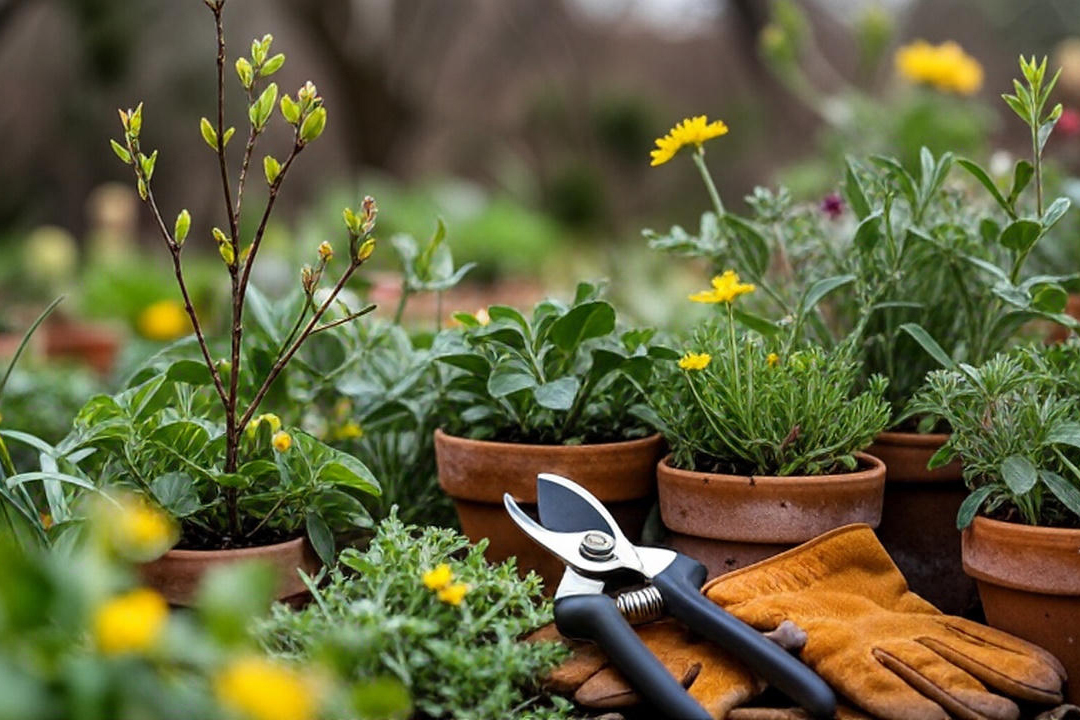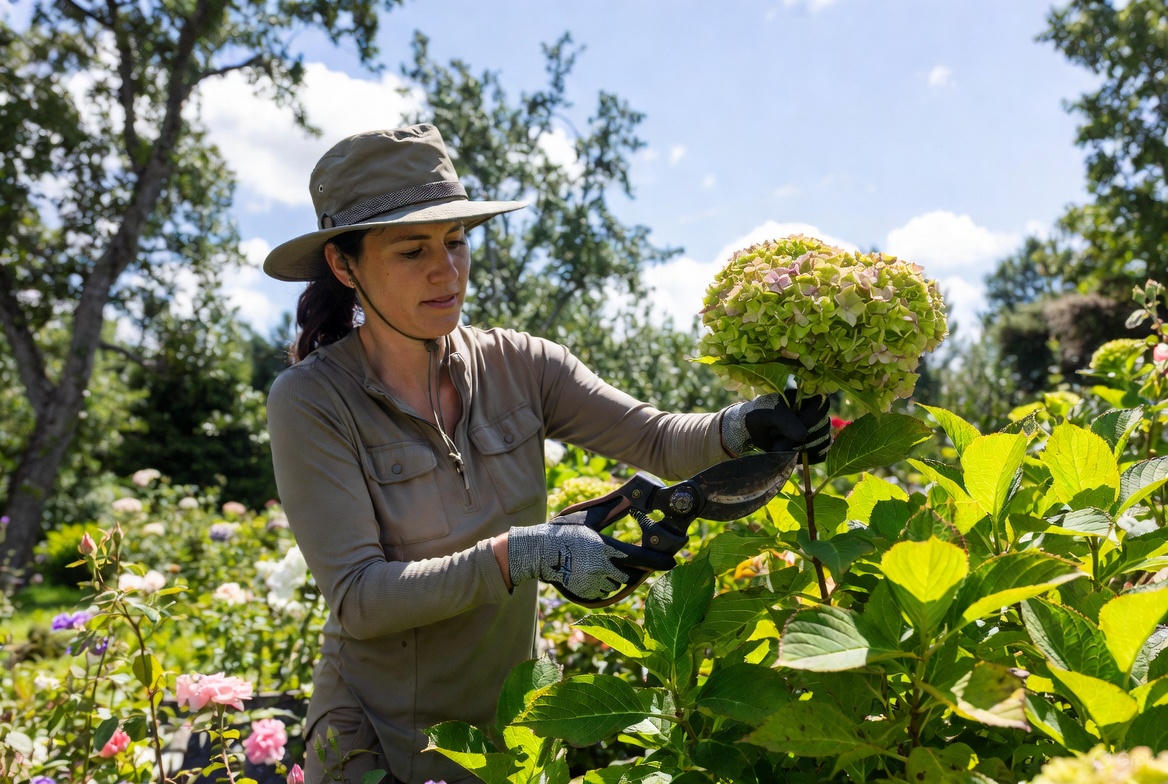
Designing a water-smart landscape is based upon the region, or garden zone, you live in. For example, if you live in Arizona, a water-smart landscape is focused on extreme drought- and heat-tolerant plants such as cactus. However, if you live in Illinois, planting native plants and drought tolerant trees is a whole different experience because Illinois has cooler temperatures and receives more rain than Arizona.

In designing a water-smart landscape, there are a few smart rules to follow:
- Use Native Plants from Your Region – Using regionally appropriate plants that are native and have relatively low-water requirements means you will use far less water. Native plants, in particular, have lower water needs as they are adapted to the regional rainwater cycles.
- Choose Low Water Using Plants – Even if you do not choose native plants, be sure to choose plants that require less water overall. This will help you save money and time watering.
- Install an Irrigation System – In the United States we waste millions of gallons of water by sprinkling our lawns and garden beds during garden season. Drip irrigation, specifically, wastes less water and is more efficient at placing water at the base of the plants without heavy evaporation. By investing in an irrigation system, it might cost more up front, but the homeowner will save a lot of time and money in the long run.
- Group Plants Together According to Water Needs – It becomes easier to manage the water in a garden if you group all the water-loving plants in a single bed, all the xeric or drought tolerant plants in another bed, all the medium-water plants in another bed, and so on. This way you spend less time running from bed-to-bed providing individualized time for special plant needs and more time relaxing.
- Plant a Low-Water-Use Turfgrass – The single largest water sucker in modern landscapes is turfgrass. Planting drought tolerant or low-water-use turfgrass means less maintenance and less money to maintain a beautiful lawn.

While the above rules are a great starting point, it is important to remember – overall – to irrigate only when it is really needed. Over-watering causes as many problems in the landscape as underwatering. A water-smart landscape is all about conserving water, but also time and money.
Today is the day you should download iScape now and learn how to plant beautiful landscapes. Or, if you need some design help, Hire-a-Designer now and let the iScape pro’s help guide you! iScape it!






.jpg)